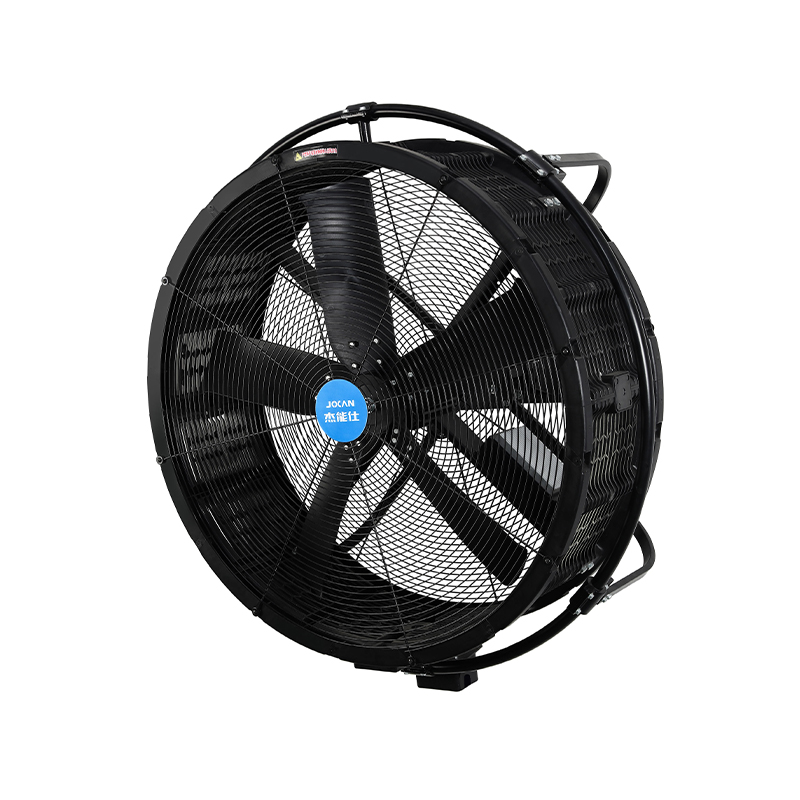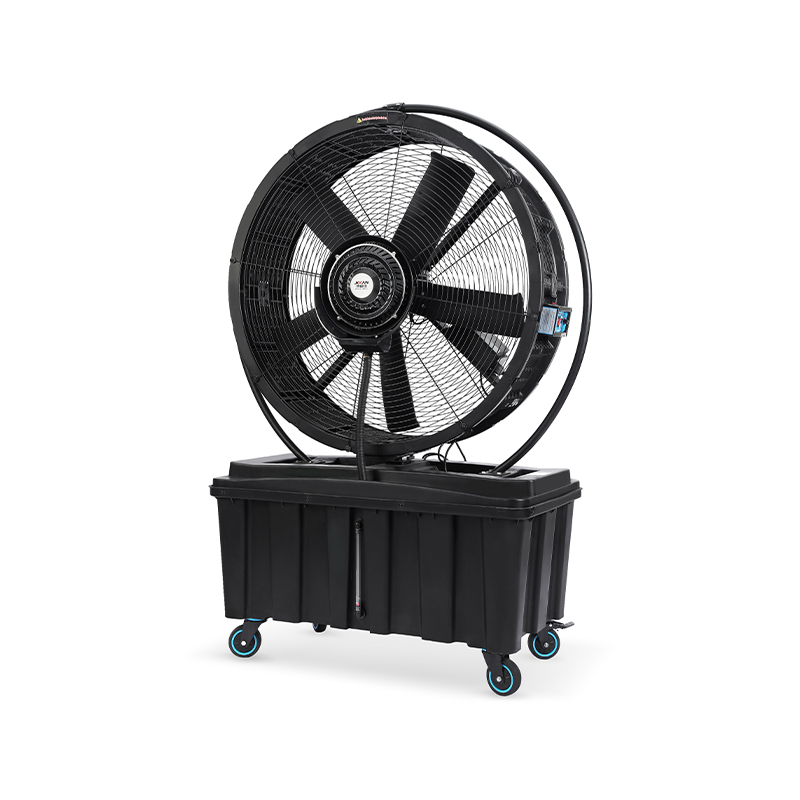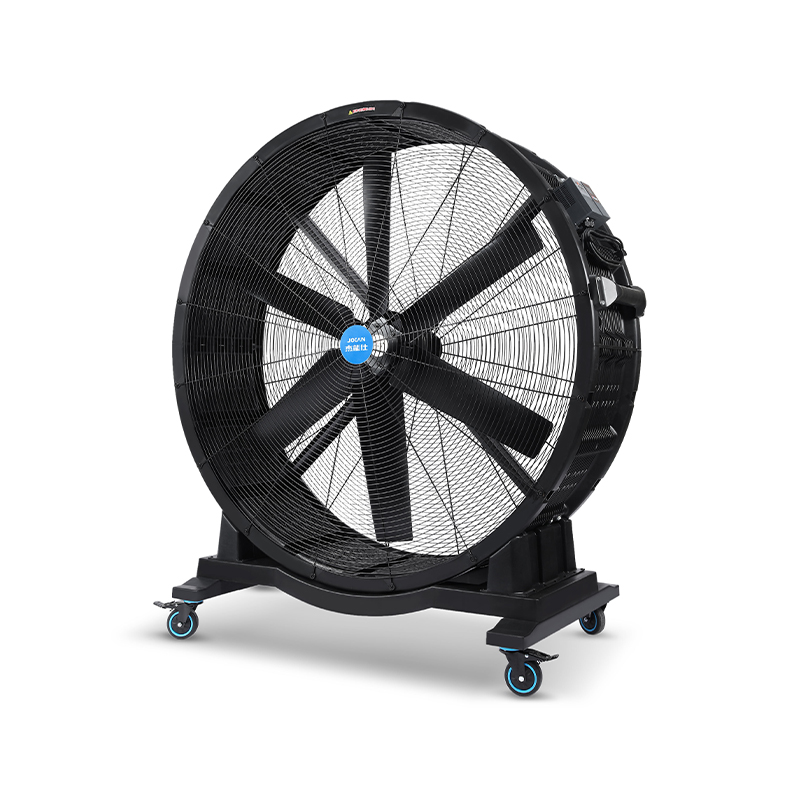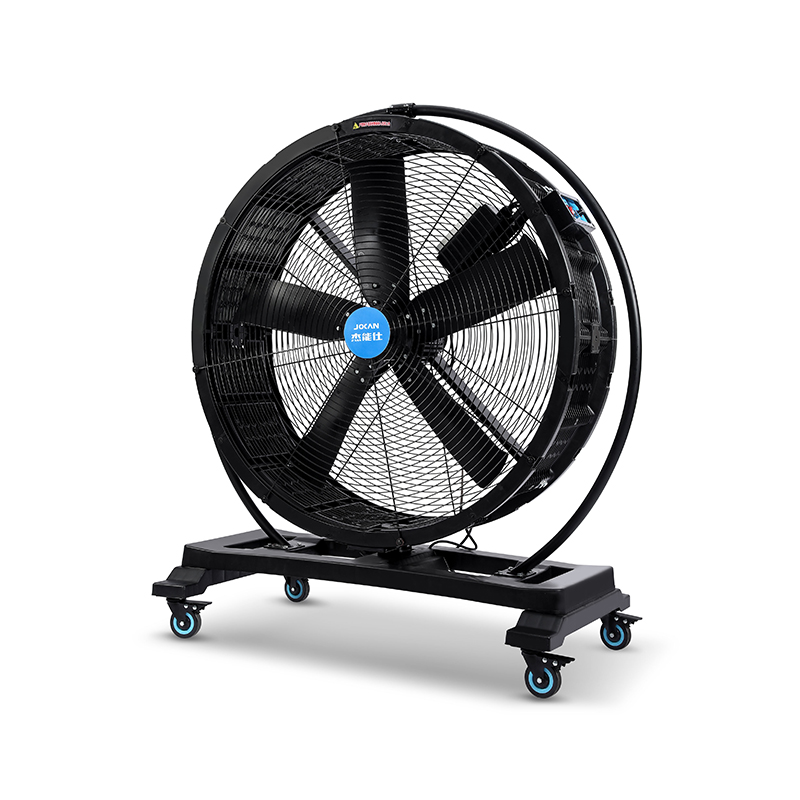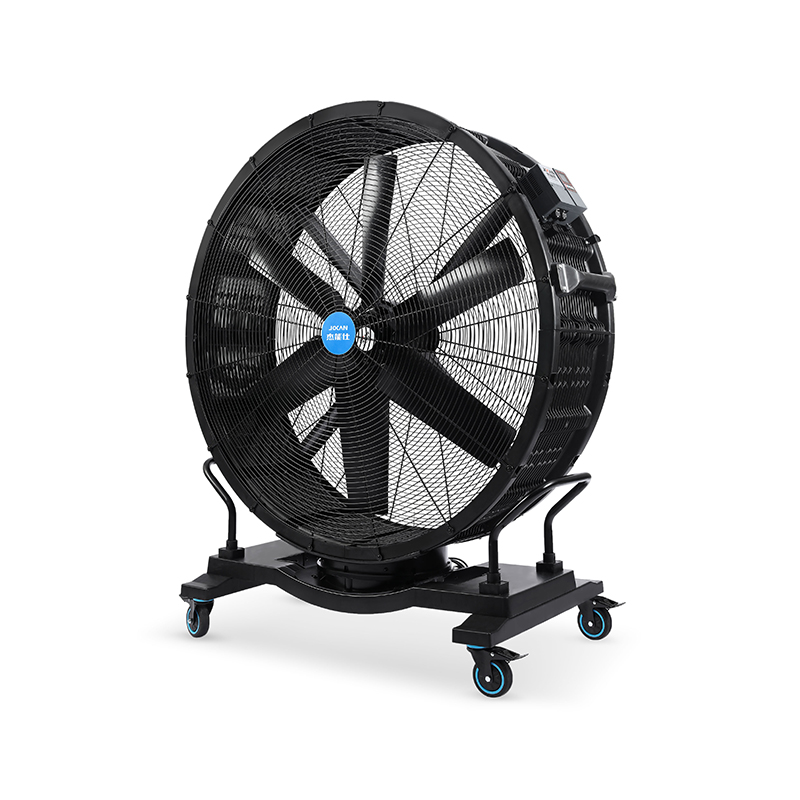In the changing landscape of modern industrial environments, air circulation is no longer just about moving air—it’s about doing so efficiently, quietly, and with adaptability. With increasing attention paid to worker comfort, energy consumption, and machine performance, the demand for advanced fan motor technology continues to grow. Today’s factories are not just relying on traditional ventilation solutions but are turning toward innovations that bring tangible improvements across daily operations.

One significant shift is the evolution of the industrial floor standing fan. These fans have traditionally been the go-to solution for large spaces that need targeted airflow. However, with advancements in motor efficiency and control systems, the modern industrial floor standing fan has become more than just a simple air mover. Many newer models now come with variable speed control, allowing operators to fine-tune performance according to production floor needs. The improved motors also consume less power and offer longer service life, which supports ongoing efforts to reduce maintenance costs.
At the same time, factories are becoming more sensitive to noise levels. Quiet working environments contribute directly to worker concentration and safety. That’s where the silent floor standing fan makes a difference. Using brushless DC motors and precision-balanced blades, the silent floor standing fan delivers strong airflow while keeping decibels in check. In spaces such as electronics assembly rooms or quality inspection zones, where quiet operation is a necessity, these fans offer a practical solution without compromising performance.
Another notable innovation is found overhead. The ceiling fan large size has become a staple in factories with high ceilings and open layouts. These fans are designed to move massive volumes of air with small energy use, creating a consistent ambient temperature across the entire space. A ceiling fan large size can also be integrated with climate control systems to support heating or cooling, making it a key component in energy-conscious factory design. The sheer size of these fans once made them difficult to install or maintain, but newer lightweight materials and modular components have streamlined the process.
In applications requiring portable cooling, such as temporary production zones or during machine maintenance, the industrial floor standing fan continues to prove its versatility. With improved mobility features and weather-resistant housings, these fans are also used in semi-open spaces like loading docks or assembly areas. The newest models include smart sensors that adjust speed based on ambient temperature, helping facilities reduce unnecessary energy consumption.
Similarly, the silent floor standing fan has grown in popularity not just because of low noise but also because of aesthetic improvements and safety enhancements. Covered blades, touch-safe grills, and remote operation make these fans suitable for environments where both people and machines operate in close proximity. While they don’t have the massive reach of overhead units, they excel at delivering focused airflow with small disruption.
The ceiling fan large size, on the other hand, has found new applications in facilities focused on material storage and logistics. Warehouses storing sensitive goods like electronics or perishables benefit from the consistent airflow and humidity control these fans provide. When paired with intelligent building systems, a ceiling fan large size can adapt to seasonal changes and operational demands, all while remaining quiet and unobtrusive.
It’s clear that innovation in fan motor technology is directly influencing how air management is handled in modern factories. Whether it’s an industrial floor standing fan for high-traffic areas, a silent floor standing fan for precision workspaces, or a ceiling fan large size for large-scale circulation, each solution reflects a commitment to smarter, more adaptive, and more comfortable industrial environments.
As factories continue to adopt more advanced technologies in their production lines, support systems like ventilation must also evolve. These fans are no longer basic equipment—they are critical parts of maintaining safe, efficient, and sustainable operations. And with further innovation in motor design, control systems, and materials, the next generation of air movement solutions is already on the horizon.
 Add: Plot 23, Huanglang Industrial Zone, Jinqing Town, Luqiao District, Taizhou City, Zhejiang Province
Add: Plot 23, Huanglang Industrial Zone, Jinqing Town, Luqiao District, Taizhou City, Zhejiang Province
 TEL: +86-13586083215
TEL: +86-13586083215

 English
English English
English عربى
عربى 한국어
한국어


